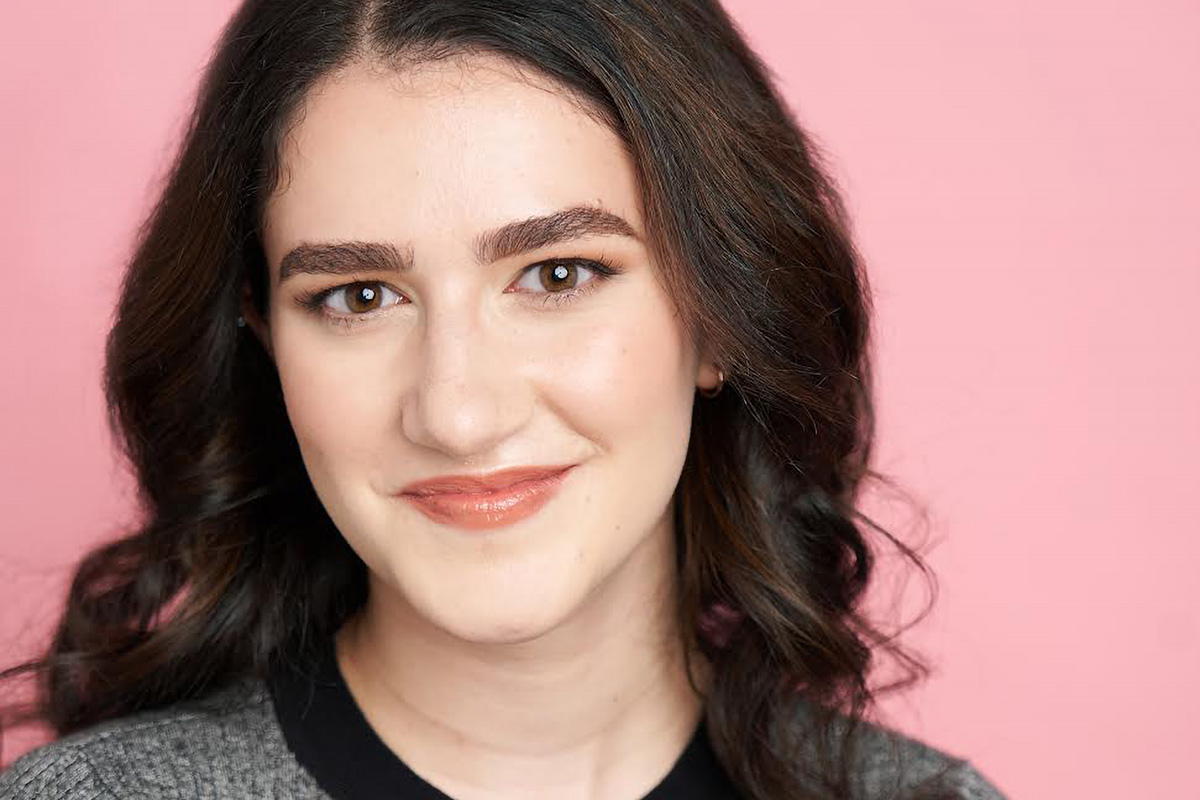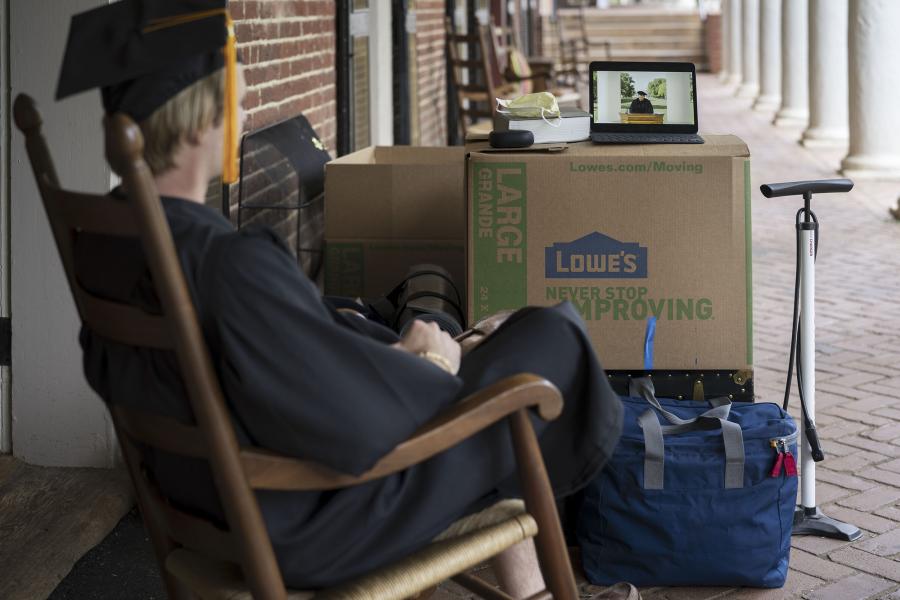Karen Zipor sat in her art studio in her Ashburn childhood home; as she pointed her computer’s camera lens toward the wall, vibrant artwork filled the screen.
“I’m surrounded by my paintings from high school. I’ve been doing art for a very long time, and I was really sad when I thought I was going to have to give it up in college,” Zipor said during a video interview with UVA Today. “I thought, ‘What am I going to do with myself? What am I going to explore?’
“I knew that I loved film, art and writing, and eventually that led me to animation.”
This summer, Zipor, a rising fourth-year student at the University of Virginia, has been interning for Lex + Otis, a premier animation company. Zipor landed the opportunity after winning a nationwide search to be one of 50 interns for the Television Academy Foundation’s internship program – part of the charitable arm of the Television Academy, which presents the annual Emmy Awards.
Zipor is double-majoring in drama and computer science, which she dubs “an unlikely pairing.” Nonetheless, it prepared her well for her work this summer, she said.
“This internship has been such a great opportunity because I’ve been able to use my skills from both my majors,” she said. “The drama department has taught me about storytelling and film, while computer science has allowed me to be good with complex software, learn things quickly, and problem-solve.”










